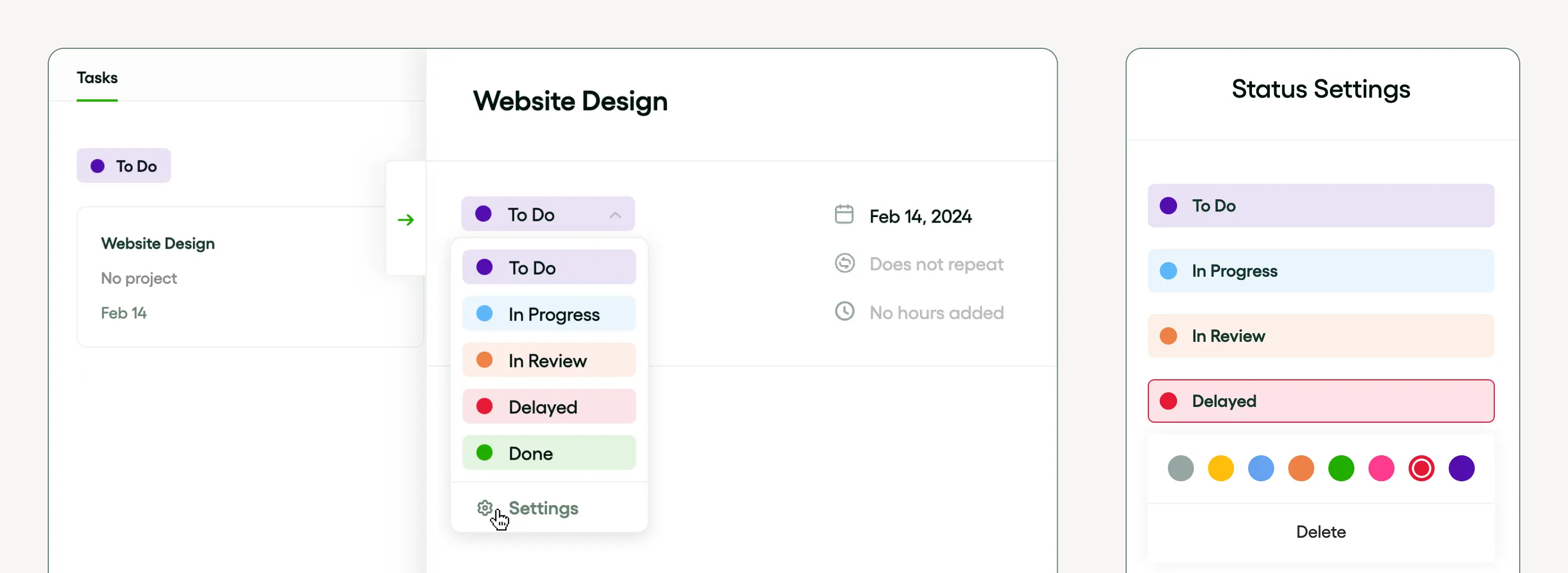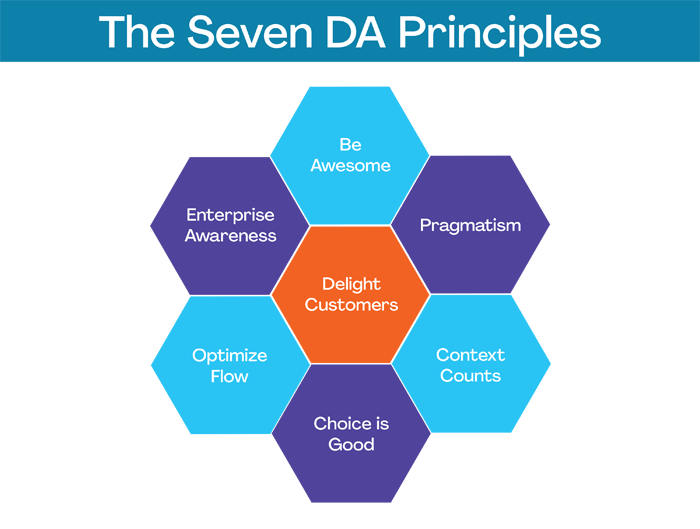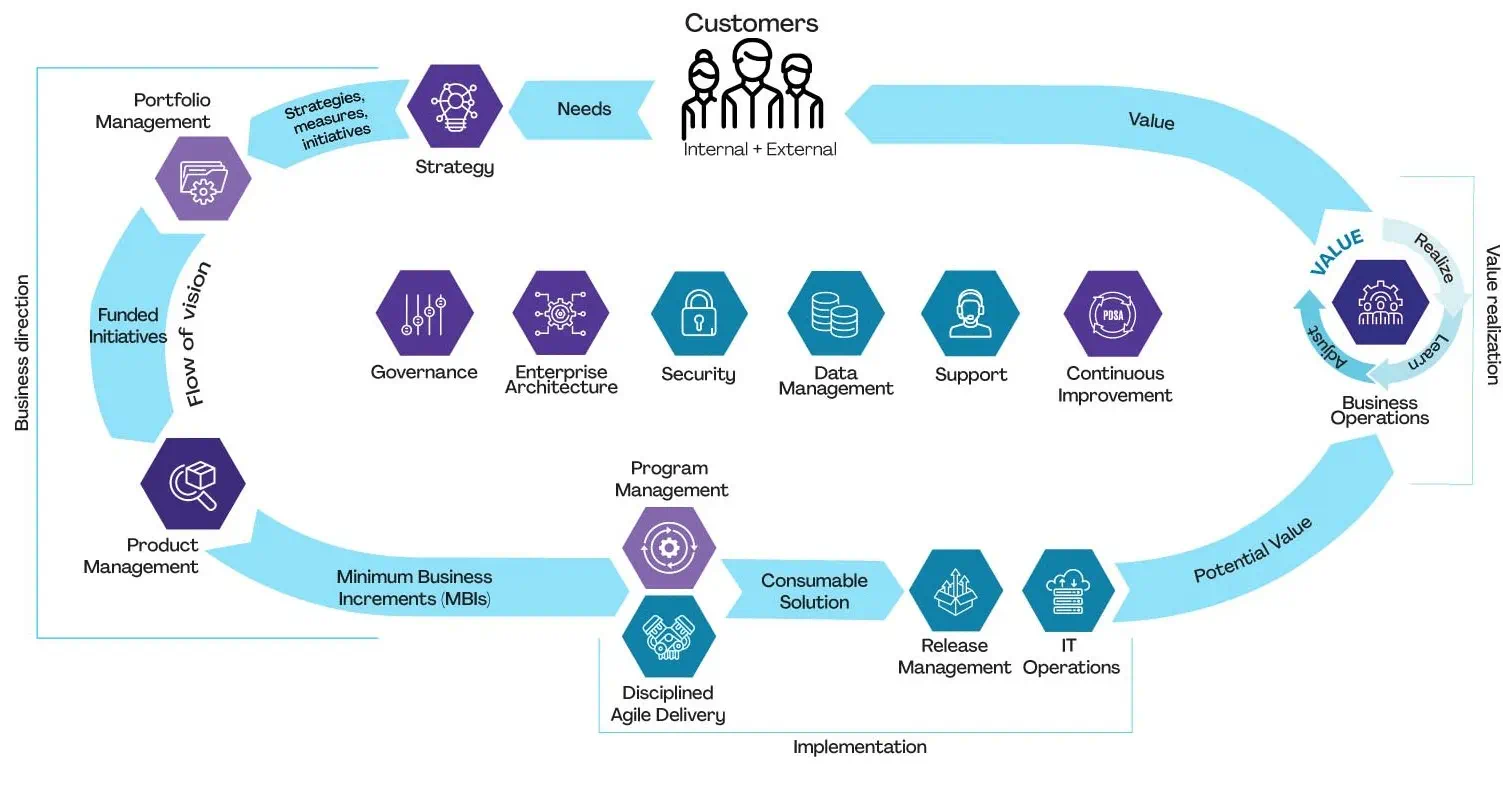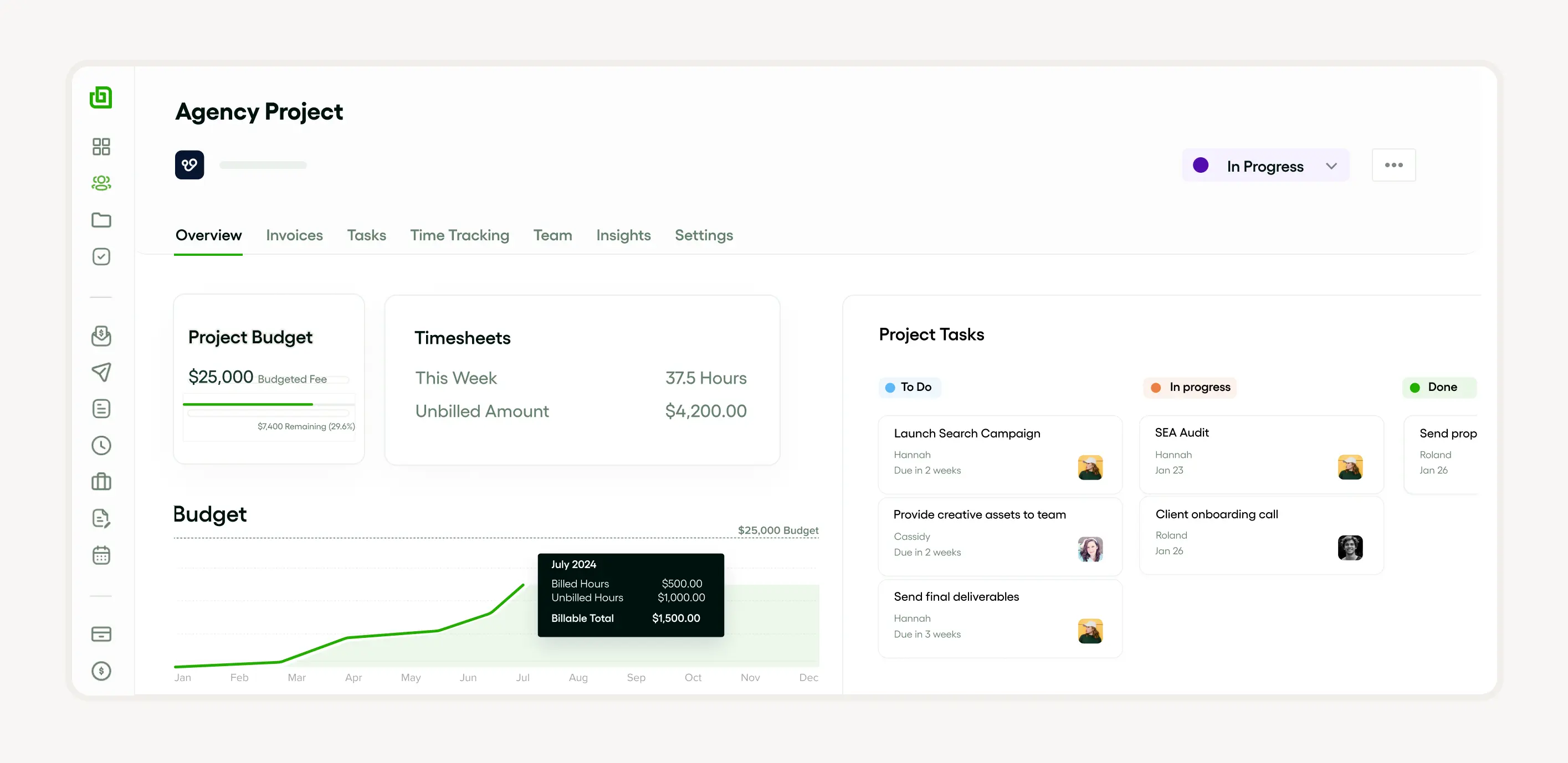Disciplined Agile takes a cue from a mix of process-based methodologies, stirring the software development pot to boost business agility. It's all about dancing to the Agile rhythm and letting teams lead the charge in project operations. With a keen eye on incremental jazz and a relentless feedback loop, this approach pumps up the volume on enterprise IT solution delivery efficiency.
Moreover, Disciplined Agile is a melting pot of project management styles, weaving Agile principles into a tapestry that helps teams hit their targets with flair. It's a recipe for innovation and smooth transitions in the Agile software development process.

Introduction to Disciplined Agile
Stepping into the realm of Disciplined Agile is like diving into a pool of innovative project management and Agile software development methodologies.
At its core, this approach celebrates continuous feedback, business agility, and step-by-step enhancements aimed at upscaling enterprise IT solutions. Known for its teamwork-driven improvement strategy, Disciplined Agile sets the stage for collaborative magic in the software development industry.
This methodology is a playground for self-organizing Agile teams, encouraging a culture of evolution and adaptation that fosters a thriving Agile project management ecosystem.
What is Disciplined Agile?
Imagine Disciplined Agile as a Swiss army knife in the Agile project management toolkit. It melds tried-and-true Agile principles with flexible project management tactics to ensure that enterprise IT solutions are delivered with precision and efficacy. Primarily used in Agile software development, this methodology champions a team-centric improvement ethos.
By promoting incremental tweaks and fostering robust communication, Disciplined Agile keeps the business agility wheels turning smoothly.
The importance of Disciplined Agile in today's business environment
In the breakneck pace of today's business landscape, Disciplined Agile stands out as a beacon of agility and efficiency. It's the secret sauce for fostering incremental enhancements and maintaining a robust feedback loop, empowering Agile teams to become more autonomous.
Blending Agile principles with the cream of project management practices, this hybrid approach ensures that Agile software development not only meets but exceeds enterprise IT delivery expectations, thereby magnifying business agility across the board.
Integrating Bonsai tools into Agile team workflows
In the process of developing a disciplined-agile approach, one cannot overlook the importance of adaptability and efficiency in operations. An important element to consider in this respect is the use of automation software to streamline tasks and enhance productivity. It essentially simplifies the process, reduces human error, and allows for more efficient use of resources.
In addition to the tools used for communication and project management, the sprint planning meeting is a crucial element of the disciplined agile approach. It allows teams to accurately estimate the amount of work they can handle in each sprint, reducing waste and improving product delivery. Consequently, effective sprint planning allows agile teams to work disciplined and deliver value consistently.
While implementing disciplined agile, one cannot overlook the importance of efficient management. Teams may find guidance in our software development team management article. This resource provides key strategies to enhance agile efficiency and productivity.
In our pursuit of achieving a disciplined agile approach, it is crucial to have a coherent web design workflow. This not only ensures the timely completion of projects but also facilitates effective resource allocation. Hence, the synergy of agile discipline and efficient workflow results in a more streamlined and productive environment.
In the field of disciplined agile, the efficiency of work processes is paramount. Employers can utilize strategies like marketing agency time tracking software to streamline projects and optimize productivity. Regular evaluation of workflow also plays a role in ensuring a disciplined agile methodology.
When implementing Disciplined Agile strategies in your organization, it's essential to use efficient tools and systems like a top-notch billing software designed specifically for creative agencies. This can streamline your financial processes, improve accuracy and save significant time. By doing so, you will be better equipped to focus on delivering the highest quality services and client satisfaction.
While the disciplined agile approach helps in managing a software development project with flexibility, it becomes more powerful when paired with the right management tools. These tools can streamline administrative processes, enable real-time communication, and facilitate collaboration across teams. This results in improved productivity, efficiency, and project success rate.
Integrating Bonsai tools into Agile team workflows transforms project handling, boosting efficiency and teamwork. Bonsai's features, like automated task management, real-time collaboration, and customizable workflows, align seamlessly with Agile principles.
Here are some key ways to achieve this:
1. Automated task management
Bonsai's task management features allow you to create, assign, and track tasks effortlessly. By integrating these features into your Agile sprints, you can ensure that all team members are aware of their responsibilities and deadlines, leading to better coordination and timely completion of tasks.
Here's how to use for maximum efficiency:
- Easily assign tasks, set priorities, and track progress with Kanban and list views.
- Monitor the hours worked on each project, ensuring accurate billing and time management.
- Keep an eye on project budgets and profitability, making adjustments as needed to stay on track.
- Invite team members to collaborate on projects, share files, and communicate efficiently.
- Manage leads, clients, and ongoing projects all in one place, simplifying your operations.

2. Real-time collaboration
Bonsai supports real-time collaboration, making it easier for Agile teams to communicate and share updates. This feature is crucial during daily stand-ups and sprint reviews, as it ensures that everyone is on the same page and can address any issues promptly.
Here are some benefits of real-time collaboration with Bonsai:
- Team members can share updates and feedback instantly, ensuring everyone stays informed and aligned.
- Real-time updates reduce delays and streamline decision-making processes, leading to faster project completion.
- Shared dashboards and live tracking help synchronize efforts, minimizing misunderstandings and enhancing teamwork.

3. Customizable workflows
With Bonsai, you can customize workflows to fit your Agile processes. By adjusting workflows, teams can quickly adapt to changing requirements and automate important actions, ultimately reducing the need for manual effort. This level of customization guarantees that each project follows the most efficient path, leading to better outcomes and increased productivity.
Here are three benefits of customizable workflows with Bonsai:
- Adapt workflows to fit your specific project needs, ensuring that each task follows the most efficient path.
- Easily adjust workflows as project requirements change, allowing for greater responsiveness and agility.
- Set up automated actions for key events, reducing manual effort and ensuring consistency across projects.

These tools simplify processes, reduce manual work, and ensure all team members are synchronized, leading to better sprint planning and execution.
By using Bonsai, Agile teams can focus on delivering value instead of administrative tasks, driving project success and fostering a more productive work environment.
The principles of Disciplined Agile
At its heart, Disciplined Agile is a manifesto for flexible, pragmatic, and iterative enhancements in Agile software development. It champions a team-oriented improvement drive, urging self-organizing squads to continually refine their workflows through persistent feedback. This approach not only supports enterprise IT solution endeavors but also propels business agility to new heights.

In the bustling world of software development, Disciplined Agile is celebrated for its adaptability and efficiency, straddling various project management methodologies to maximize performance. This framework is a cornerstone of Agile project management.
Value and respect for individuals and teams
The Agile software development sphere deeply values and respects the mosaic of individuals and teams. The doctrine of Disciplined Agile venerates the collective intellect and capability of Agile teams, which are pivotal in mastering and continually advancing enterprise IT solution delivery. This reverence is mirrored in several Agile tenets, such as nurturing a culture of ongoing feedback, upholding autonomous teams, and endorsing a team-driven improvement strategy.
These tenets are instrumental in propelling business agility, as they encompass continuous and incremental refinements in project management methodologies. Moreover, the steadfast commitment of Agile teams to delivering high-caliber work within tight deadlines underscores the immense value of individuals and teams in the Agile project management realm.
Pragmatism in approach
The pragmatic vein of Agile software development is anchored in a handful of guiding principles. These include Disciplined Agile methodologies, a high valuation on incremental enhancements, and the proactive solicitation and incorporation of feedback. These principles render enterprise IT solution delivery more effective and Agile.
Agile teams, especially those that are self-organizing, exemplify business agility by leveraging the Agile approach. This fundamentally revolves around a team-centric improvement strategy, underpinning the project management methodologies prevalent in the software development industry.
Continuous improvement and learning
Agile project management is a champion of ongoing enhancement and learning in a dynamic setting. As a core element of Agile principles, this objective nurtures an Agile approach in project management methodologies and the software development sector. It bolsters business agility, enabling Agile teams to swiftly adapt and efficiently deliver enterprise IT solutions.
Self-organizing teams engaged in Disciplined Agile strategically meld business processes and capitalize on incremental enhancements to boost their productivity. A team-based improvement strategy, steered by constant feedback, allows teams to perpetually elevate their performance, a critical success factor in the fiercely competitive and ever-evolving software development arena.
Understanding the Disciplined Agile toolkit
The project roadmap is a key element in disciplined agile's strategic planning, underlining the sequence of tasks to achieve specific project goals. It outlines a detailed timeline, highlighting potential risks and opportunities. Harmonizing this with agile methods can boost productivity, foster innovation, and generate significant business value.
When moving towards the Disciplined Agile methodology, understanding key project metrics is crucial for a successful transition and tracking of progress.
The Disciplined Agile Toolkit, integral to Agile project management, adopts a hybrid stance that expands upon traditional Agile software development. It champions a people-first, learning-focused hybrid Agile approach to IT solution delivery that navigates a risk-value lifecycle, is goal-oriented, and is cognizant of enterprise needs.
Key components of this toolkit include self-organizing teams, Agile principles, and a focus on a team-based improvement strategy. This toolkit is a boon to the software development industry for its capacity to drive business agility and to facilitate continuous feedback and incremental improvements.
Overview of the Disciplined Agile toolkit
The Disciplined Agile Toolkit is a scaffolding designed to promote the adoption of Agile principles in the software development sector. It serves as a comprehensive guide for Agile project management, aiding Agile teams in embracing an Agile approach to enterprise IT solution delivery. It encourages self-organizing teams and a team-based improvement strategy for incremental enhancements using continuous feedback to aid in achieving business agility.
This toolkit spans a broad array of project management methodologies, providing practitioners with an extensive understanding to refine their Agile software development practices. It empowers teams to tailor their strategies and streamline operations.
How to use the Disciplined Agile toolkit
The Disciplined Agile Toolkit operates on Agile principles that contribute to Agile software development. It’s a project management methodology designed to streamline enterprise IT solution delivery. It’s best utilized by Agile teams, particularly self-organizing teams, who adhere to an Agile approach, constantly seeking incremental improvements.

Key benefits of the Disciplined Agile Toolkit include greater business agility and a team-based improvement strategy. It promotes continuous feedback, supporting the dynamic and fast-paced nature of the software development industry. Understanding and appropriately leveraging this toolkit can greatly enhance your project management capabilities.
Disciplined Agile vs. traditional Agile
Disciplined Agile is an advancement over traditional Agile methodology, providing a more comprehensive and scalable approach to Agile software development. Disciplined Agile presents an opportunity for versatile, self-organizing teams to adopt a more situational approach, unlike traditional Agile principles which may be more prescriptive.
Key components such as incremental improvements, continuous feedback, and project management methodologies are part of both frameworks. However, Disciplined Agile expands on these, focusing on a broader range including enterprise IT solution delivery, creating a path for true business agility in the software development industry.
Key differences between Disciplined Agile and traditional Agile
Disciplined Agile offers an expansive approach to enterprise IT solution delivery compared to traditional Agile. It offers a team-based improvement strategy which moves beyond just software development, enhancing the entire organization’s business agility. It acknowledges multiple project management methodologies, rather than limiting the team to just one.
Unlike traditional Agile, which advocates for self-organizing teams, Disciplined Agile insists on roles and responsibilities based on the situation. Also, it promotes incremental improvements with the continuous feedback mechanism, improving the overall efficiency of the software development industry. This system makes Disciplined Agile adaptable to various contexts, unlike traditional Agile methods.
Benefits of Disciplined Agile over traditional Agile
Disciplined Agile offers numerous advantages over traditional Agile. It provides a more comprehensive and scalable toolkit, making it better-suited to enterprise IT solution delivery. The approach emphasizes team-based improvement strategy and incremental improvements, empowering Agile teams to adapt and enhance their processes continually.
Moreover, this Agile project management methodology enhances business agility by enabling self-organizing teams. It stays true to Agile principles, whilst offering a decision-making toolkit for the software development industry. Thus, the Disciplined Agile approach ensures continuous feedback and improvement.
Implementing Disciplined Agile in your organization
Implementing Disciplined Agile in your organization involves adopting an Agile approach that emphasizes team-based improvement strategies and promotes business agility. The methodology encourages Agile teams to be self-organizing, driving incremental improvements in enterprise IT solution delivery based on continuous feedback.
It is a significant shift from traditional project management methodologies and is increasingly being embraced across the software development industry. Adopting Disciplined Agile implies adhering to Agile principles underpinning Agile software development and Agile project management.
With Disciplined Agile, organizations can efficiently adapt to changes, deliver value to customers quickly, and enhance overall productivity and work quality.
Steps to implement Disciplined Agile
Implementing Disciplined Agile starts with creating Agile teams that abide by Agile principles such as self-organizing teams and team-based improvement strategy. This aims to foster a culture of continuous feedback and incremental improvements in the context of Agile project management.
It must then be aligned with the overall Agile methodology of the company, taking into account the specific nuances of Agile software development. Reinforcing these elements will allow for a more effective enterprise IT solution delivery, boosting performance in the software development industry and promoting overall business agility.
Challenges in implementing Disciplined Agile and how to overcome them
Implementing a Disciplined Agile approach can be challenging, as it requires enterprise IT solution delivery adoption across self-organizing Agile teams. These complexities are paired with the task of cultivating a team-based improvement strategy. While adjusting to Agile principles, companies often struggle with the systemic shift from traditional project management methodologies.
Overcoming these obstacles involves establishing continuous feedback cycles, fostering business agility, and making incremental improvements. By combining Agile project management with Agile software development frameworks, organizations in the software development industry can optimize their Agile methodology execution for transformative success.
Real-world examples of Disciplined Agile
In the world of mobile app project management, disciplined agile techniques are being increasingly applied to improve efficiency. The strategies and principles of disciplined agile help manage the complexities and uncertainties of app development. This ensures a more effective workflow, higher productivity, and better quality output.
In our pursuit of a more disciplined agile approach, it's essential to understand and manage our resources effectively, ensuring that there's a balance between billable hours and actual hours spent on projects.
In the field of software development, adopting a disciplined agile approach builds resilience, flexibility, and ensures the team stays aligned. This becomes all the more crucial when scaling to larger projects; where efficiently managing resources and timelines is a must. Implementing efficient BAC project management strategies can ensure your projects stay on track, despite any unexpected complications that may arise.
Disciplined Agile is not a one-size-fits-all approach, it promotes flexibility and encourages teams to adapt based on their unique set of circumstances. A critical aspect of this method is effective project management, which you can further comprehend by reviewing our piece on the Project Management Institute. Therefore, understanding and implementing principles from professional bodies of knowledge like PMI can significantly enhance your Agile practices.
Big names like IBM and Microsoft use Disciplined Agile (DA) to boost business agility and refine project management. This Agile approach zeroes in on enterprise IT solution delivery, leveraging self-organizing teams for a team-based improvement strategy.
Agile project management taps into Agile principles and practices, such as continuous feedback and incremental improvements, spotlighting efficiency and communication in Agile teams. These real-world examples show the practical application and perks of Disciplined Agile in the Agile software development process.
Disciplined Agile at Bonsai
At Bonsai, Disciplined Agile (DA) has sparked major gains in project delivery and team collaboration. By adopting DA’s flexible framework, Bonsai fine-tuned its processes to better fit its unique business needs.
One standout example is the cross-functional project to launch a new product line. Using DA’s guidance, Bonsai formed a cohesive team from various departments, ensuring seamless communication and collaboration. The project wrapped up ahead of schedule and under budget, showcasing DA’s effectiveness in real-world scenarios.

Overall, Disciplined Agile has empowered Bonsai to continuously improve and adapt, fostering a culture of innovation and efficiency across the organization.
Disciplined Agile at IBM
IBM leverages Disciplined Agile (DA), an Agile methodology that optimizes Agile principles and techniques, in its software development and project management processes. This Agile approach lays the groundwork for enterprise IT solution delivery and business agility, offering multiple advantages:
- DA promotes Agile teams that are self-organizing, leading to efficient work processes and a team-based improvement strategy.
- The structure enables continuous feedback and incremental improvements, essential elements in Agile software development.
This project management methodology fosters innovation and adaptability, setting a new standard in the software development industry.
Disciplined Agile at Microsoft
At Microsoft, Disciplined Agile is pivotal in software development. The Agile approach, driven by self-organizing teams, makes the company more responsive and adaptive. These Agile teams rely on Agile principles for incremental improvements, adopting a team-based improvement strategy.
Embracing an Agile methodology also promotes continuous feedback and drives business agility. The Disciplined Agile model at Microsoft significantly enhances its enterprise IT solution delivery, redefining project management methodologies in the software development industry.
Conclusion: The future of Disciplined Agile
The future of Disciplined Agile lies in embracing Agile approaches and software development methodologies to boost business agility and effectiveness. This includes Agile project management, Agile principles, and a stronger focus on self-organizing teams and team-based improvement strategies for greater responsiveness and incremental improvements.
The emphasis will be on continuous feedback and enterprise IT solution delivery, enhancing project management methodologies in the software development industry.







